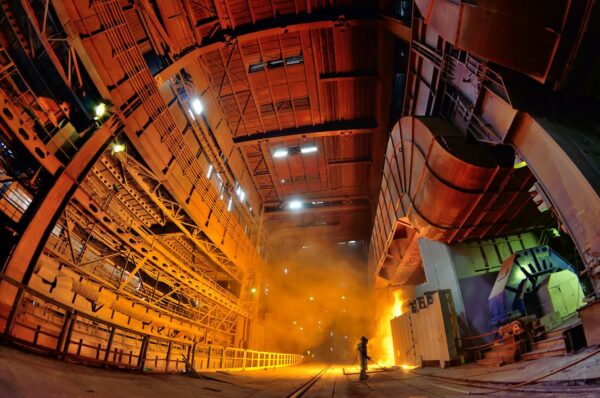Baltic States See Divergence in Their Macro-fiscal Outlooks

Lithuania’s Growth Prospects Diverge from Estonia’s and Latvia’s
Indeed, Lithuania’s economy has outperformed its neighbours’ (Figure 3), with growth that we estimate at 2.3% this year, and expected to rise to 2.9% in 2025 as private investment recovers and household consumption remains robust.
Manufacturing activity in Lithuania is experiencing a robust rebound (Figure 5), in part reflecting closer ties to Poland, where the economy has turned out to be among the fastest growing in Europe over 2023-24. Conversely, Estonian and Latvian manufacturing have suffered from their exposures to the weak Finnish and Swedish construction markets.
Lithuania’s economic recovery has also been driven by buoyant services exports (Figure 6), reflecting a structural transition away from low-tech manufacturing towards higher value-added services including financial services and IT.
Conversely, Estonia fell into a prolonged recession in 2022. Output contracted by an estimated 0.9% in 2024 and will recover only gradually, with growth forecast at 1.6% next year, as tax rises will likely hold back tentative recovery in private demand.
In Latvia, the economy made a rapid recovery after the pandemic but has since stagnated, set to shrink by 0.2% this year, down from a previous estimate of 1.6% growth after large positive data revisions for 2023 GDP. Improving consumption should still drive a recovery next year, with growth forecast at 1.5%.
Improving external demand should support growth across the region in 2025, although the risk balance remains tilted to the downside on the account of the fragile euro area economic outlook and uncertainties around global trade. External competitiveness will remain a key concern for all Baltic economies amid high nominal wage growth. Estonia’s export performance has been hit particularly hard by competitiveness pressures, as underlined by recent IMF estimates.
This article was originally published by a www.fxempire.com
Read it HERE






